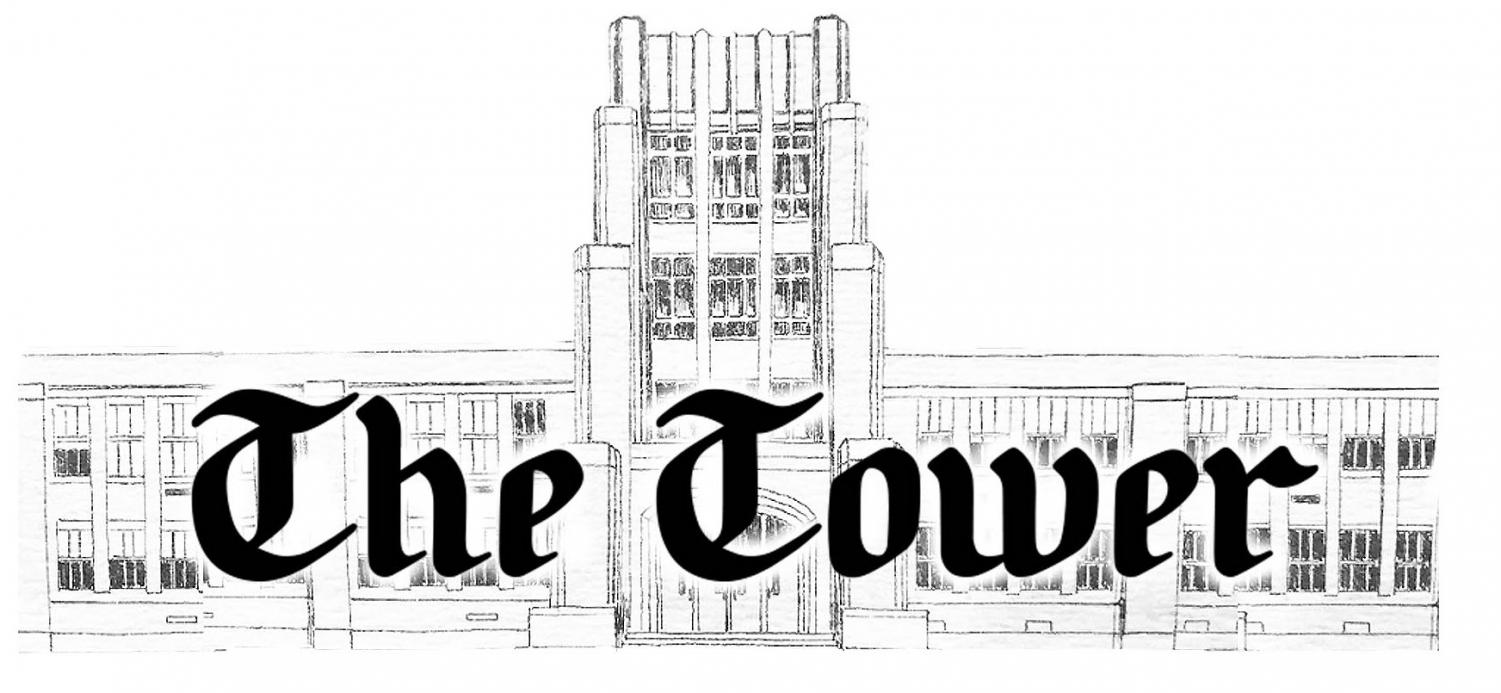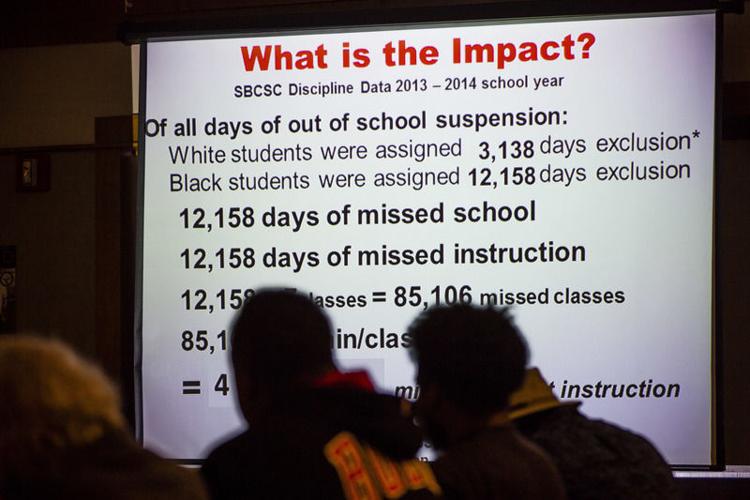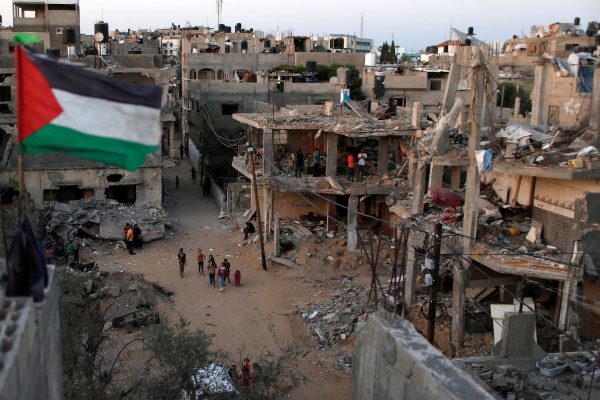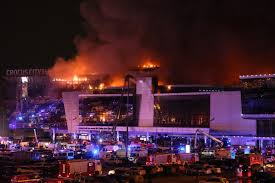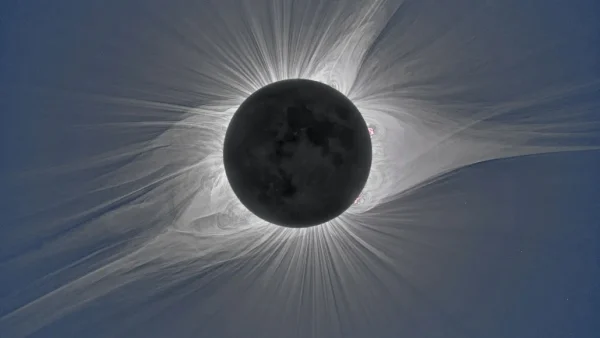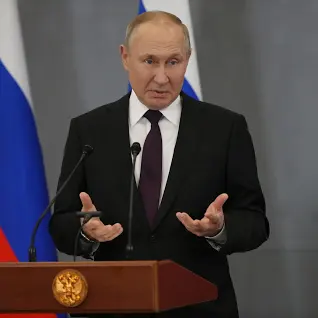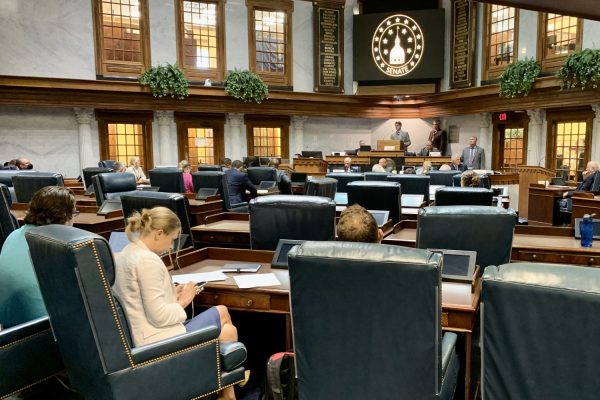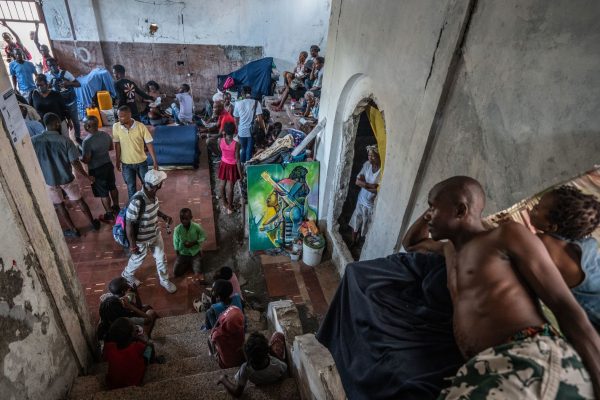Restorative Justice: Cutting Down on Exculsionary Discipline
Via South Bend Tribune
Expulsions and suspensions are a huge deal in South Bend schools, as they are sometimes the first disciplinary actions taken, overlooking detention or a simple warning, especially against students of color. Jefferson Middle School has implemented a restorative justice program to combat this exclusionary discipline issue and create a close knit community within the school between students, parents, and staff. I sat down with Ms. Beasley, the assistant principal at Jefferson, and Ms. Streeter, the restorative justice coordinator, to talk about the program and its positive effects on the students at Jefferson.
Tell me a little bit about how the program started.
Streeter: Restorative justice came from community groups who were making it known that there was a lot of exclusionary discipline going on- kids of color were being unfairly punished and there was proven data on that. The Jefferson program came about when the principal, Ms. Williams, became interested in restorative justice as an answer to that problem. I was teaching restorative practices in my coursework at IUSB at the time. We collaborated on a proposal and Ms. Williams contacted Dr. Spells until he created a position so we could pilot this in the middle schools. I actually pioneered this at Rise Up and I was also teaching English at that time, so I had to coordinate restorative justice during my plan period. It definitely became better known once a position was created and someone was getting paid to do the work.
How does restorative justice help the staff at Jefferson?
Beasley: When you implement restorative justice you start with the staff. If the staff are not on board, then the students are not on board. We did a lot of work last year with staff circles- teachers have circles every other Monday- and this year, the homerooms are supposed to have a circle every week. Those are usually the “getting to know you” circles, but they could be learning. We have a variety of circles happening throughout our week. For example, all our math teachers have have learned how to do number talk circles.
Streeter: People think restorative justice is just for kids but that isn’t true. It’s about the whole school culture and creating a whole school connection. Some schools have done two years of only staff circles and their exclusionary discipline and change in culture and staff relationships has changed significantly with no circles done with the inclusion of any students at all.
Does restorative justice actually cut down on disciplinary factors such as expulsions and suspensions?
Streeter: Restorative justice isn’t just for that but that’s what interests a lot of people. It’s really about people having a positive relationship and culture that creates connectivity, which in turn creates a relationship where you stop exclusionary discipline. This is a huge task and we already see it happening.
Beasley: It really requires a mind shift. With the more restorative justice circles you’re in, your mind shifts and you develop relationships with people. The more this is done amongst staff and especially with students, the relationship factor is so huge that you aren’t going to want to disappoint anyone you have a strong relationship with. When we get into Tier Two and we talk about repair of harm, it takes a whole new level because everyone in the circle is able to speak their truth and be listened to. When we have teachers who are willing to be present and talk over things with students, teachers are heard, students are heard, and understanding is made.
Streeter: Here’s an example. Today we had a circle with a few sixth grade boys that were just being mean to each other. I had an eighth grade boy who has gotten himself into trouble a few times prior, and he wanted to be a role model and give back to the community, so he ended up being an adult type figure in this circle and it was very beneficial to him. When the younger boys went back to class, he said, “Wow, I don’t think they’ll be perfect from now on, but this helped me.” He got a chance to empower others and that was really cool.
When school board members are trained, do you think this process will later be introduced to other middle schools and even the high schools? What would be some challenges of doing this at a high school level?
Streeter: At the high school level, there would be student-led circles, such as in an interpersonal communications class, which is an elective. Advisories could host them, but they would be student led also. We would apply for grants to pay kids to lead them, and then be peer tutors other days of the week. There are lots of successful models, but it wouldn’t be the same as the middle schools.
Could you explain what a circle looks like?
Beasley: Everybody sits in chairs, in a circle, and one thing that I think is important is that there are no empty chairs. If there is an extra chair, we move it, because if you’re at circle you’re present. There is a centerpiece in the middle of the circle, and it can be anything the circle keeper wants it to be. It offers a place for people to focus because often, if you’re speaking your truth or listening to someone’s truth, it’s hard to look someone in the eye. There’s always a circle keeper and they are in charge of keeping things moving, asking the questions, and maintaining the integrity of the circle. There’s always an opening, most times it’s a quote, and then sometimes there’s a fun activity. Following this is a mindful moment, because one of the things we want is a mind shift, like I said before. To achieve this we do a meditation like deep breathing. Being an assistant principal, that’s important for me because you have to get rid of everything else that’s going on- it’s a way to leave things behind and be present. Then, there are rounds with a talking piece- if you have the piece you’re invited to talk, and if you don’t you’re invited to listen. The circle keeper will ask a question and the piece goes around and there is always an opportunity to pass. There’s no pressure to speak at all. Usually there are a few rounds depending on how things are going; sometimes there are rounds that are needed, but usually there are set questions. To wrap up, there’s a closing quote and the circle keeper always says “Thank you for coming” or “Thank you for being in circle today.”
Streeter: The questions are guided and open-ended; not yes or no. Sometimes there’s a story telling round so you have people sharing. It’s getting acquainted and also value sharing, so you’re getting deeper as you go, and this increases connectivity.
Your donation will support the student journalists of The Tower and John Adams High School. Your contribution will allow us to purchase equipment and cover our annual website hosting costs.
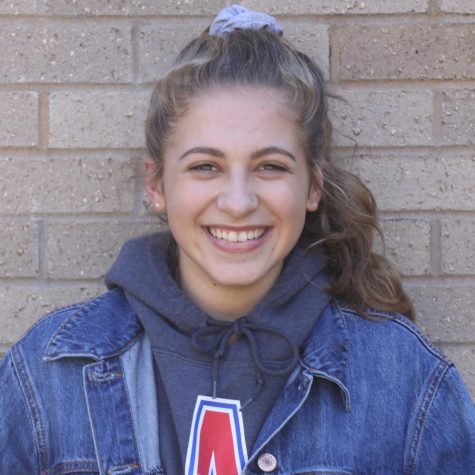
Anna Fuller, one of the many Annas here at Adams, is a Junior this year, and is acting as a photographer and staff writer for The Tower. Her Adams experience...
